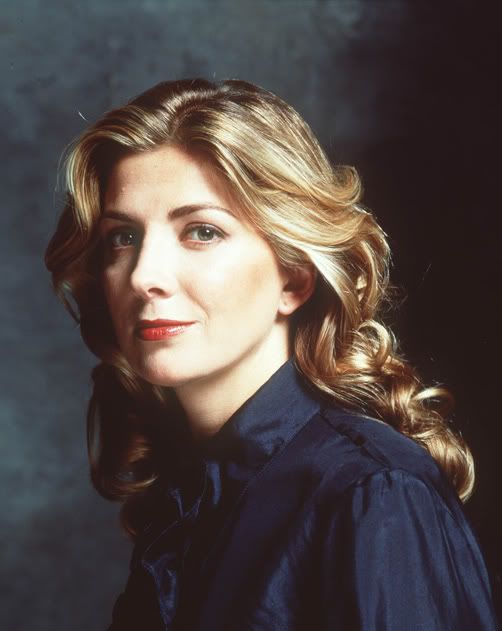Foofoogal
Banned
- Messages
- 4,884
- Location
- Vintage Land
Jimmy Boyd
http://www.youtube.com/watch?v=F96ztVnMSVI
http://www.allaboutjazz.com/php/news.php?id=31495
classic song. RIP.
http://www.youtube.com/watch?v=F96ztVnMSVI
http://www.allaboutjazz.com/php/news.php?id=31495
classic song. RIP.



